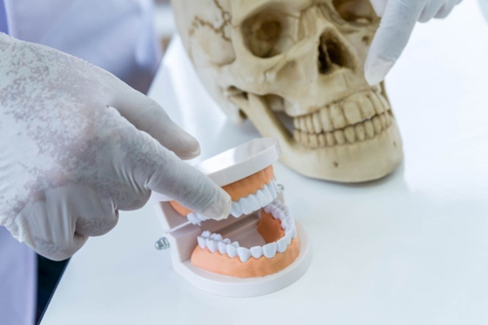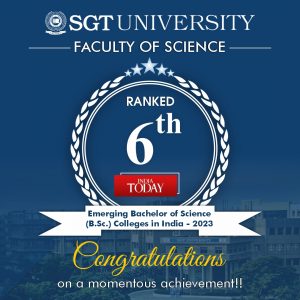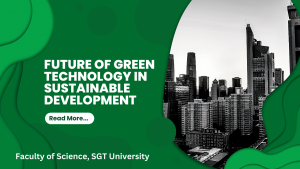Forensic Odontology is a special branch of dentistry that deals with identifying an individual by assessing the unique structure and makeup of the oral cavity.
Every individual possesses a unique and different pattern of teeth which serves the basis of identification purposes. The major application of forensic odontology is for medico-legal investigations during mass calamities and identifying the accidental remains by analyzing dental records.
The orientation of the buccal cavity is unique to each individual. The shape, size, wear, attrition, type, absence, or any other irregularity determines individuality. This orientation could be acquired or genetic, depending on its kind.
The characteristic features like tooth eruption pattern, state of the tooth, and wearing of them can provide an insight into a person’s habits, which in turn aids in the identification.
Also, the shape and size of the jaw and tooth provide information for estimating the gender of the suspect and sometimes ethnicity. The accuracy, however, is 90% for determining the gender with the help of examining jaw or skull bone.
The genetic makeup of the oral cavity varies in terms of dental anomalies, dental caries, variation in the number of teeth, and many more. Dental anomalies could be defined as any condition that does not represent a normal esthetic of both jaws due to genetic or congenital defects.
In addition, disturbances created during tooth development may produce variations in the number of teeth (agenesis/supernumerary teeth), their size and shape, and tooth bud position, which can affect both permanent and deciduous dentition of both jaws.
These genetic anomalies play a crucial role in forensic odontology. The mere presence of these anomalies influences the outcome of the investigation. Genetic details of these anomalies aid in the identification of whether the dental remains are affected by the environment or have a certain genetic issue.
Also Read: Pursue a career in Science with a degree from SGT University!
These dental anomalies are unique and have a low frequency of occurrence in any population. The uniqueness and longevity of anomalies strengthen the investigation since no two people share an identical dentition.
In disaster cases or natural calamities where the victim’s body is often mutilated, the jaw, tooth and skull bones have proven to be resourceful for identification. However, the absence of antemortem dental records or low-quality recovered evidence always poses a challenge in the investigation.
Also Read: CYBER SECURITY
The recent advancements in the techniques like gene editing and human genome sequencing have contributed to the rapid growth of forensic odontology.
The Faculty of Science, SGT University, is among the best colleges in Delhi NCR for science courses. The faculty has five departments: Department of Physics, Department of Chemistry, Department of Mathematics, Department of Forensic Science, and Department of Environmental Science. The Faculty of Science offers 12 courses – 2 Undergraduate, 5 Post Graduate, and 5 PhDs.
Written By
Dr Bhawana Joshi
Assistant Professor
Department of Forensic Science,
Faculty of Science, SGT University




